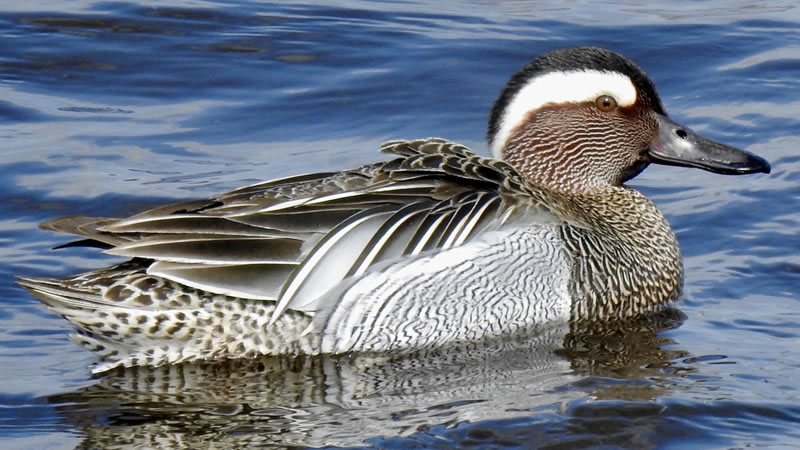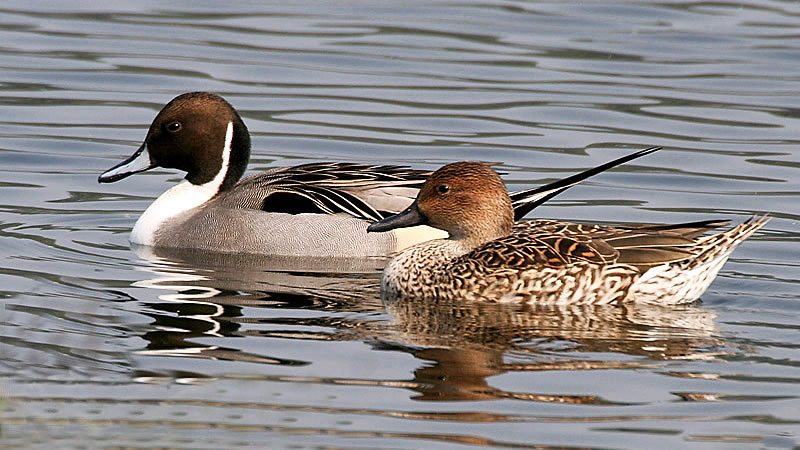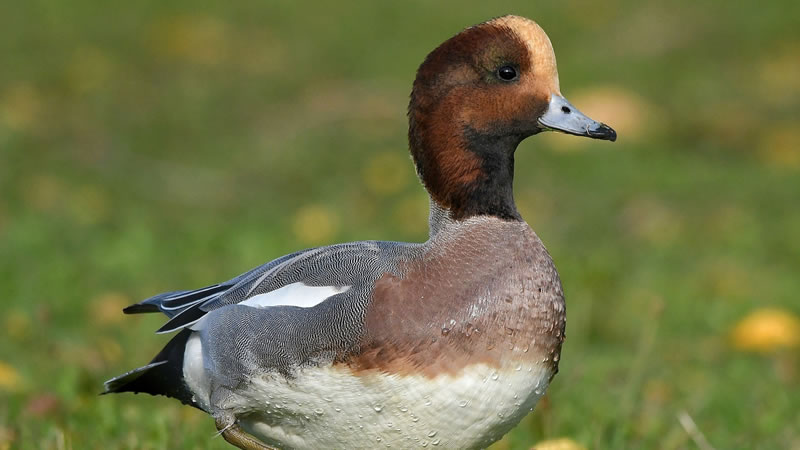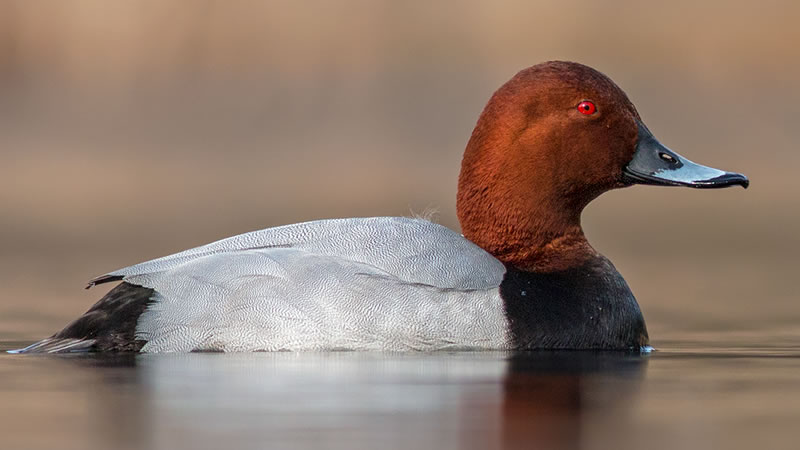
Greater flamingo

Garganey
You’ll find mallard ducks near ponds, marshes, streams, and lakes, where they feed on plants, invertebrates, fish, and insects. Mallards are dabbling, or surface-feeding, ducks because they eat by tipping underwater for food—head down, feet and tail in the air—rather than diving. Mallards also forage and graze for food on land.
The male mallard duck, called a drake, sports a glossy green head, a white ring around its neck and a rich, chestnut-brown breast. The mottled brown female mallard looks downright dull next to the male’s showy feathers.
The mallard duck’s outer feathers are waterproof, thanks to oil that’s secreted from a gland near the tail. Beneath this tightly packed waterproof layer of feathers lies a soft, warm layer of feathers called down. Twice a year, mallards molt, or shed, their flight feathers, temporarily grounding the birds for several weeks until the feathers grow back.
Lifespan: 5 – 10 years (In the wild)
Scientific name: Anas platyrhynchos
Clutch size: 8 – 13 (Female, Adult)
Conservation status: Least Concern (Population decreasing)
Wingspan: 81 – 98 cm (Adult)
Length: 50 – 65 cm (Adult)



